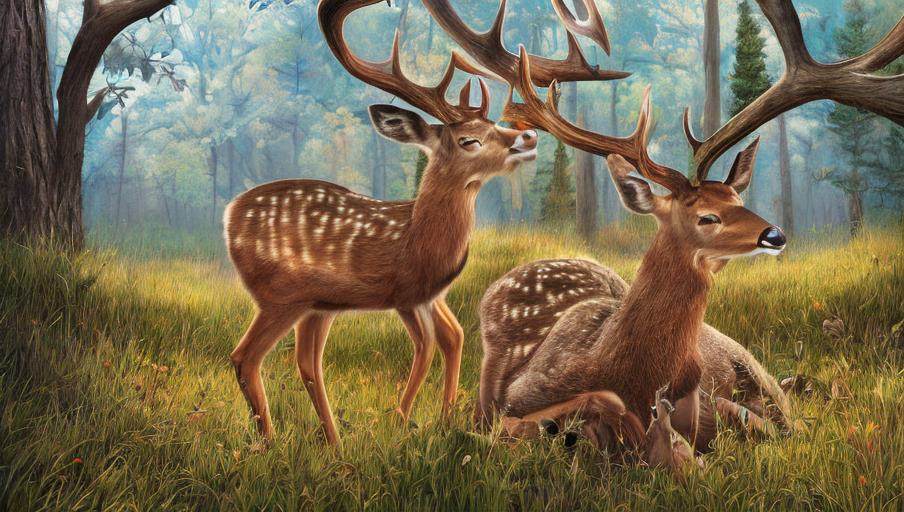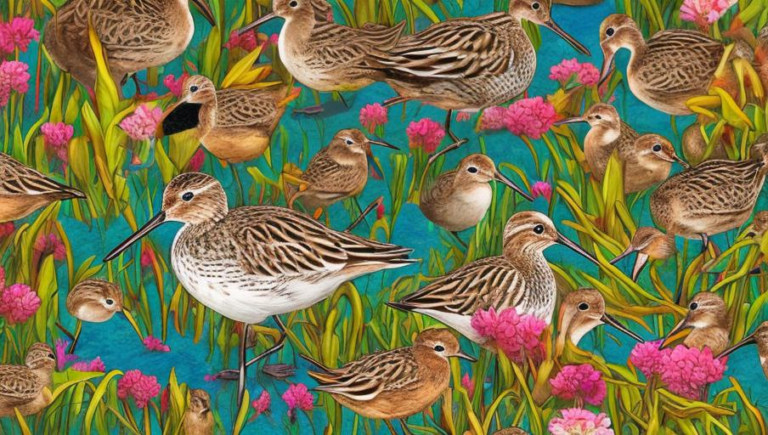A Discussion of Deer Habitats

Introduction
Deer are a type of mammal native to the northern hemisphere and can be found in a variety of habitats. They inhabit forests, grasslands, and even deserts, and have been known to inhabit urban areas. Deer are one of the most widely distributed mammal species on the planet, with many species found in Europe, Asia, and North America. As a result, they have adapted to a wide range of habitats, including different types of vegetation, climates, and weather.
Types of Deer Habitats
The two main types of habitats that deer inhabit are deciduous and coniferous forests. Deciduous forests are dominated by trees that shed their leaves each year. These forests are found in temperate climates and provide deer with plenty of food and shelter. Coniferous forests, on the other hand, are dominated by evergreen trees and are typically found in colder climates. While these forests provide less food and shelter for deer, they are still a popular habitat for many species of deer. In addition to forests, deer can also be found in grasslands, deserts, and even in urban areas.
Adaptations to Different Habitats
Deer have adapted to different habitats in a variety of ways. For example, many species of deer have thicker fur in colder climates to keep warm. Additionally, species of deer that inhabit grasslands have adapted to grazing on grasses and other plants. Finally, some species of deer, such as white-tailed deer, have adapted to living in urban areas and can be seen in suburban parks and gardens.
Preserving Deer Habitats
The preservation of deer habitats is essential for the continued survival of these creatures. Habitat loss and destruction are two of the biggest threats to deer populations. To help preserve their habitats, it is important to limit human activity in areas inhabited by deer and to protect natural areas from development and destruction. Additionally, it is important to promote conservation and environmental stewardship, as these activities can help ensure that deer habitats remain intact for future generations.
Conclusion
Deer inhabit a variety of habitats, including deciduous and coniferous forests, grasslands, deserts, and even urban areas. They have adapted to these habitats in a variety of ways, such as growing thicker fur in colder climates and grazing on grasses in grasslands. It is essential to preserve these habitats in order to ensure the continued survival of deer populations, and this can be accomplished through conservation and environmental stewardship.





